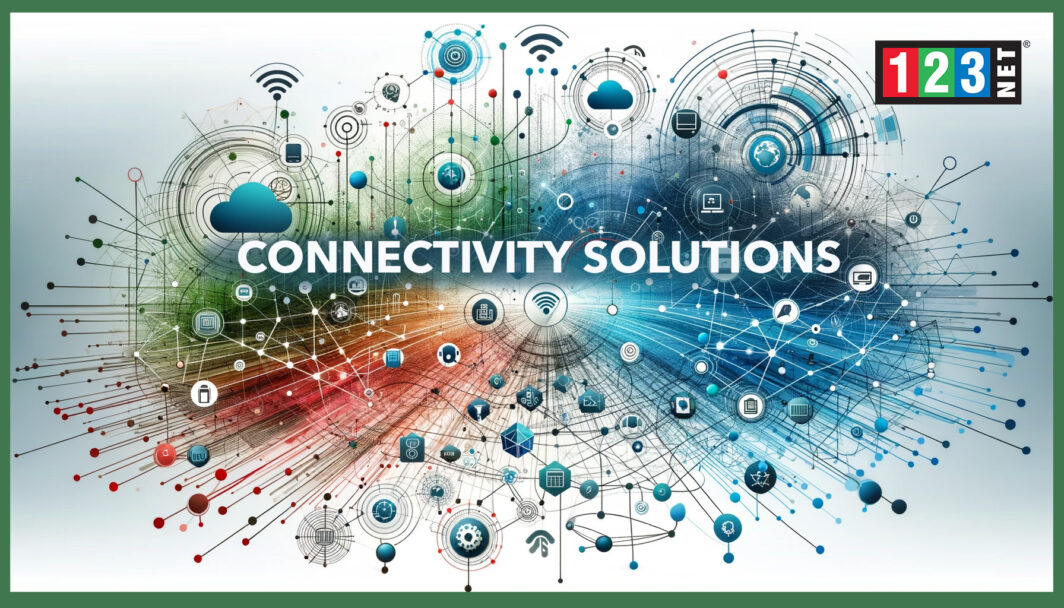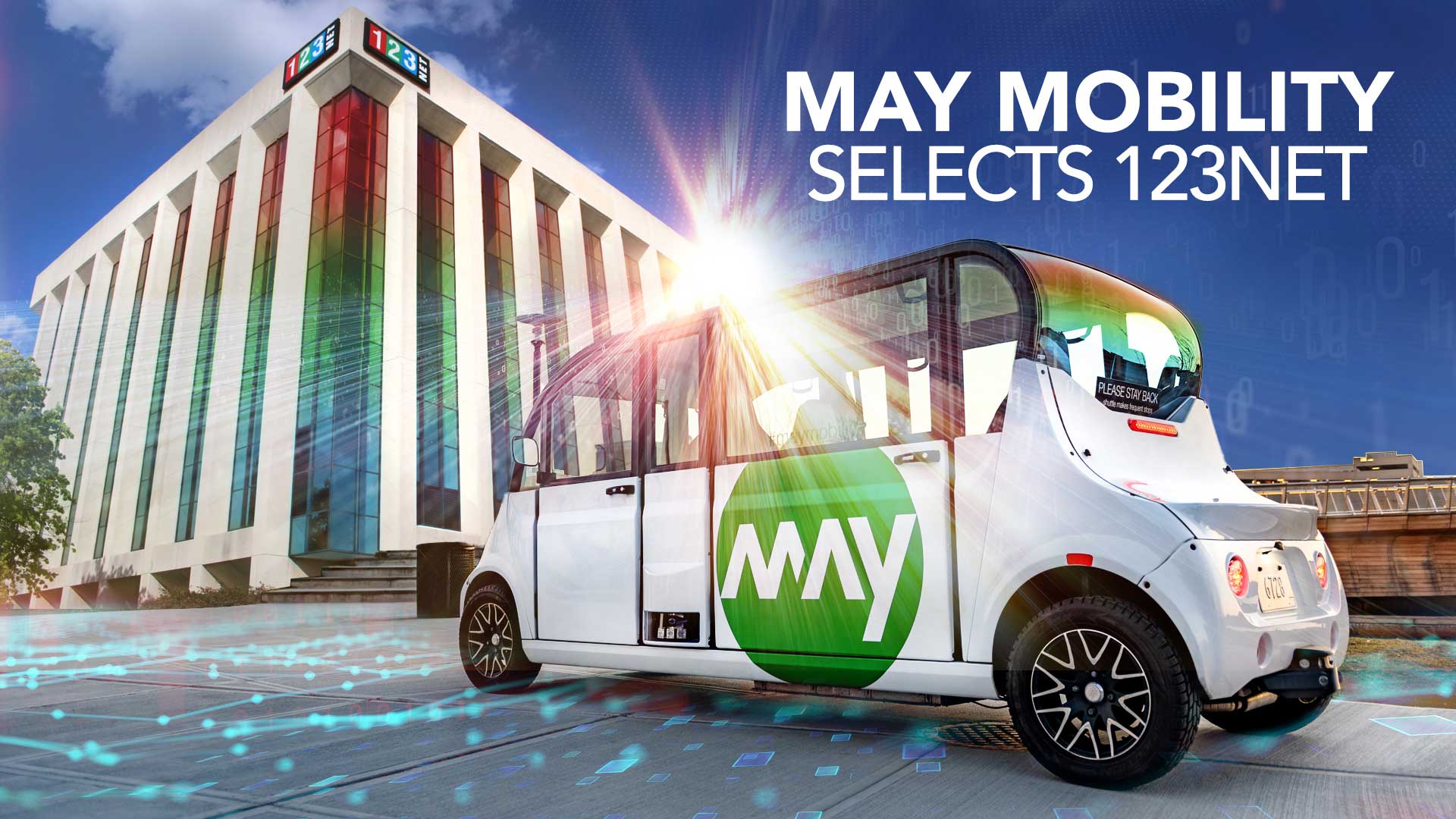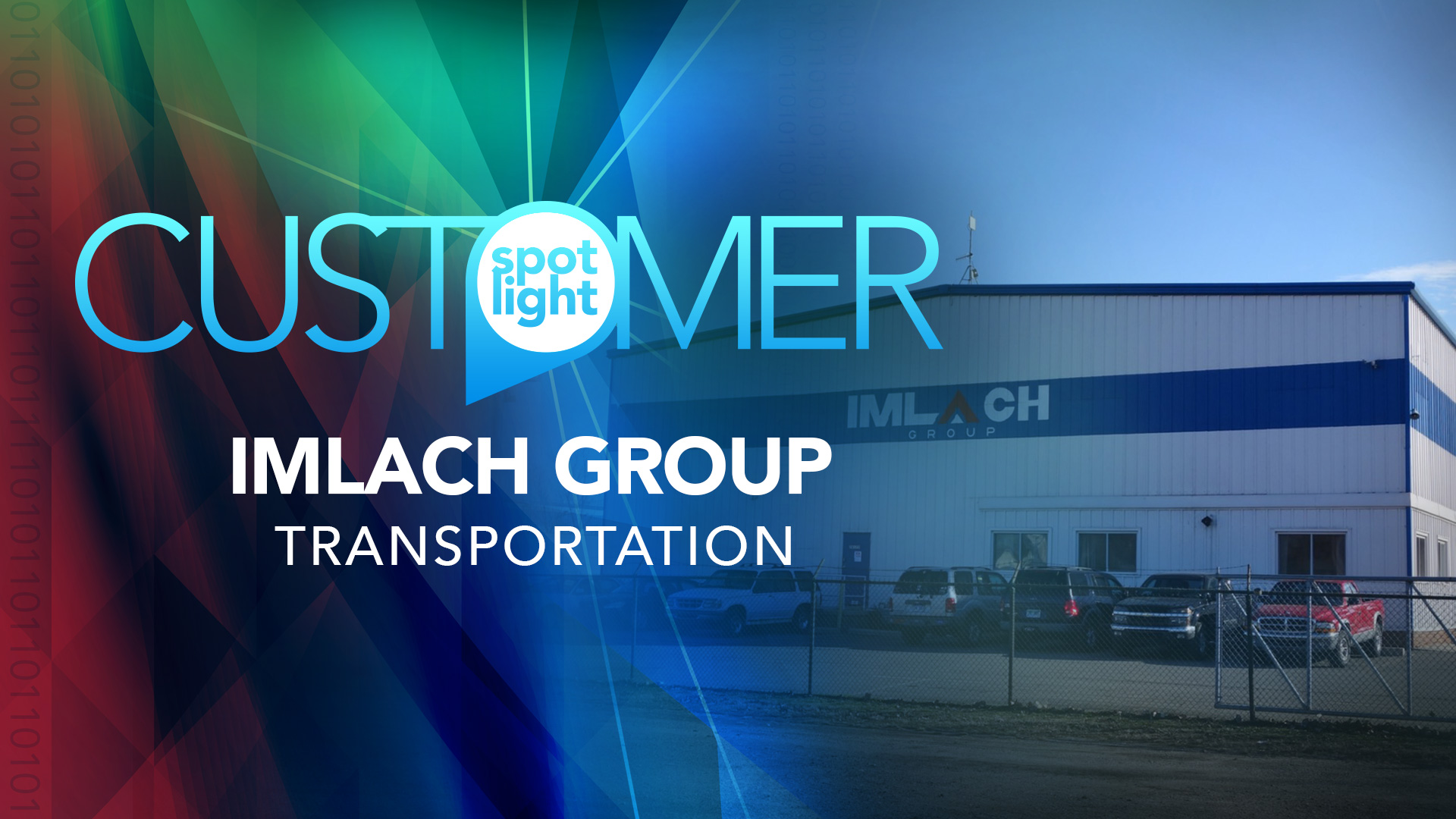
Introduction
In the digital era, connectivity solutions form the crucial backbone of our ever-more interconnected global landscape. These solutions, spanning a diverse array of technologies, enable the smooth exchange of data across vast networks. They power an extensive range of applications, from mobile communications to the intricate web of the Internet of Things (IoT). As we progress further into the realms of the digital age, the significance of having strong, dependable, and secure connectivity infrastructures becomes increasingly clear. Such technologies are pivotal, not just for the growth and success of businesses navigating the digital terrain, but also for enhancing the everyday lives of individuals. They bring the world closer, making information and a plethora of services readily available at our fingertips. This transformation underscores a shift towards a more connected and accessible world, highlighting the critical role of connectivity in bridging gaps and fostering a unified digital society.
The Evolution of Connectivity Solutions
The journey of connectivity solutions has dramatically transformed from the era of wired cables to the innovation of wireless technology, signifying a major shift in our methods of accessing and disseminating information. In the early days, the internet’s reach was constrained by physical connections, such as Ethernet cables and fiber optics, which restricted user mobility and flexibility. The introduction of wireless technology, encompassing Wi-Fi and cellular networks, has radically changed the landscape of data transmission. It has introduced levels of convenience and mobility that were previously unimaginable, breaking down barriers to communication and information access. This pivotal transition has been instrumental in laying the foundation for the digital transformation that characterizes the modern world. Today, the emergence of 5G connectivity stands on the cusp of initiating a new era, promising to deliver unparalleled speed and efficiency. This evolution reflects a broader trend towards greater connectivity, underscoring the relentless pursuit of technological advancements that enhance our ability to connect, share, and engage with information in increasingly dynamic ways. It marks a significant milestone in our continuous journey towards a more interconnected and digitally enabled future.
Types of Connectivity Solutions
Connectivity solutions play a pivotal role in the fabric of our digital society, offering diverse options to meet the varied demands of modern technology use. These solutions are divided into two main categories: wired and wireless, each catering to specific requirements and use cases. Wired connectivity, through mediums such as Ethernet and fiber optics, is renowned for its high-speed and reliable connections. This makes it exceptionally suitable for stationary network setups in both commercial and residential environments, where stability and bandwidth are paramount.
Wireless
Conversely, wireless connectivity solutions, encompassing technologies like Wi-Fi, cellular networks across the spectrum of 3G to 5G, and satellite communications, are tailored for the dynamic and mobile nature of today’s digital lifestyle. They provide users with the essential flexibility and mobility to stay connected on the go, transforming how we interact with the digital world.
The emergence of the Internet of Things (IoT) has marked a significant evolution in connectivity solutions. By integrating smart devices with the internet, IoT facilitates automated data exchange and sophisticated control mechanisms across a wide range of applications. From enhancing the convenience of smart homes to revolutionizing industrial processes through automation, IoT connectivity harnesses a variety of technologies. These include not only Wi-Fi and cellular connections but also specialized IoT networks designed for low power consumption and long-range communication.
Wired
This intricate ecosystem of connectivity solutions underscores the complexity and versatility required to support the vast array of digital interactions in our lives. It highlights the continuous innovation in the field, aiming to address the growing demand for more efficient, reliable, and secure ways to connect. As we delve deeper into the era of smart technology and automation, the role of these connectivity solutions becomes increasingly crucial, driving forward the advancements that shape our digital future. Through this evolution, we witness the blending of physical and digital realms, offering unprecedented opportunities for connectivity and interaction in our daily lives.
Advantages of Advanced Connectivity Solutions
Advanced connectivity solutions, especially those involving 5G and IoT technologies, present transformative benefits for our digital world. The advent is set to change the game with its promise of ultra-fast speeds and significantly reduced latency. This enhancement is pivotal, revolutionizing our experiences in streaming, communication, and digital interaction. Furthermore, 5G technology plays a crucial role in bolstering the reliability and efficiency of IoT applications. This includes the development of smart cities, where infrastructure communicates to improve urban living, and the deployment of autonomous vehicles.
These connectivity advancements also significantly improve broadband access, offering faster and more dependable internet connections. This is essential in meeting the escalating demand for online services, including video conferencing, streaming platforms, and cloud computing. Such integration is fundamental to the ongoing digital transformation, reshaping how we work, learn, and engage with entertainment. It highlights the indispensable role of advanced connectivity in facilitating a modern lifestyle, where digital interactions are seamless. This shift not only enhances our daily lives but also paves for the critical importance of cutting-edge connectivity solutions.
Challenges and Considerations
While advanced connectivity solutions like 5G and IoT technologies offer myriad benefits, they are not without their challenges. Security concerns, particularly, stand at the forefront of issues facing these modern technologies. As the number of devices connected to the internet continues to surge, the potential for vulnerabilities escalates correspondingly. This increase in connected devices demands the implementation of more robust security protocols for sensitive data and ensure user privacy. Ensuring the integrity and security of these connections is paramount, as the implications of breaches can be far-reaching.
Moreover, the rollout of new network infrastructures, essential for 5G and IoT to flourish, requires substantial financial investments. This financial aspect is a significant barrier for many organizations, potentially slowing the pace of adoption. Besides the financial hurdles, there are also technical challenges, particularly concerning new technologies with existing systems and technologies. Integrating cutting-edge connectivity solutions with older infrastructure often necessitates additional adjustments or upgrades, adding complexity and cost to the process.
These challenges underscore the need for careful planning and strategic investment in the development of advanced connectivity solutions. Stakeholders must address these issues head-on, ensuring that the transition to more efficient networks does not compromise security or accessibility. As we navigate these obstacles, the potential for innovative solutions to emerge becomes clear, offering opportunities for improvement and growth.
Future Trends in Connectivity Solutions
The future landscape of connectivity solutions is poised for remarkable transformations, driven by several forward-looking trends. At the forefront is the ongoing expansion of 5G networks, a development that amplify the capabilities of mobile broadband. This enhancement is crucial for facilitating more complex applications, which, in turn, will revolutionize various sectors.
Another key trend reshaping the connectivity sphere is edge computing. This drastically cuts down on latency and bolsters efficiency, especially critical in IoT deployments. The adoption of edge computing means that data-intensive tasks will be enabling real-time analytics and decision-making in applications.
Artificial intelligence (AI) and machine learning are set to play instrumental roles in the evolution of connectivity solutions. These technologies are expected to bring about a paradigm shift in how network operations are managed and optimized. Through AI and machine learning, networks will become increasingly smart and adaptive, capable of predicting and adjusting to changes.
Furthermore, these advanced technologies will contribute significantly to enhancing the security and performance of connectivity infrastructures. By intelligently identifying and mitigating threats, AI-driven systems will ensure a more secure digital environment. Additionally, the integration of AI and machine learning will facilitate the optimization of network resources.
Together, these trends indicate a future where connectivity solutions are also smarter and more secure. This evolution will unlock new possibilities and opportunities across various industries, heralding a new era of digital innovation and transformation.
Case Studies: Successful Implementation
Smart city initiatives stand as prime examples of how advanced connectivity solutions can revolutionize urban living. Through the integration IoT devices, and 5G connectivity, cities around the world are becoming more efficient and livable. Such innovations allow for the optimization of traffic management systems, reducing congestion and improving commute times. They also enable more effective energy use, leading to significant reductions in carbon emissions and operational costs. Furthermore, the enhancement of public services through digital solutions contributes to the quality of life for city residents.
In the realm of industry, the impact of IoT connectivity has been transformative. By enabling predictive maintenance, real-time monitoring, and automation, businesses have seen a marked improvement in operational efficiency. These technological advancements allow for the early detection of potential issues, minimizing downtime and extending the lifespan of equipment. Moreover, the ability to monitor processes in real time and automate tasks has significantly enhanced safety. This has led to safer working conditions and a more productive workforce, showcasing the profound effect.
FAQs Section
- What are the best connectivity solutions for home use? A: For home use, Wi-Fi remains the most popular choice, offering convenience and coverage for internet access. Mesh Wi-Fi systems provide extended coverage for larger homes.
- How do IoT connectivity solutions work? A: IoT connectivity solutions connect devices to the internet or each other, allowing them to collect and exchange data. This connectivity facilitates through various technologies, including Wi-Fi, cellular networks, and specialized IoT protocols.
- What are the benefits of 5G over 4G in connectivity solutions? A: 5G offers significantly higher speeds, lower latency, and greater capacity, enabling more reliable and efficient connectivity for a wide range of applications, from streaming high-definition video to supporting IoT devices.




